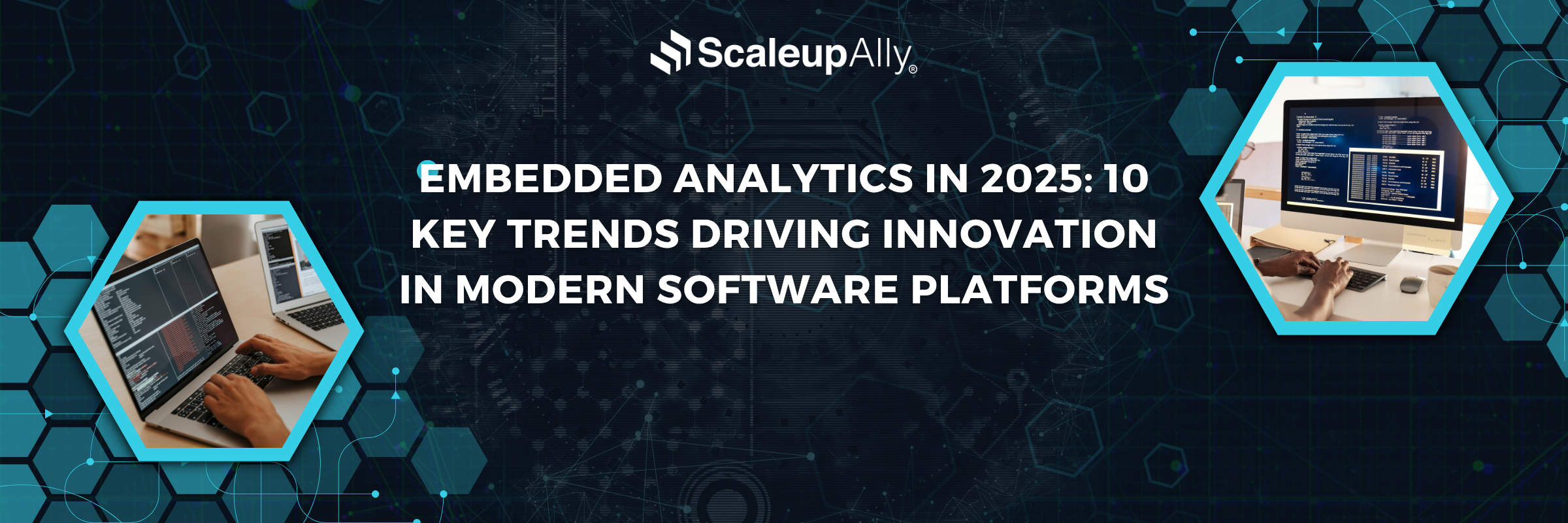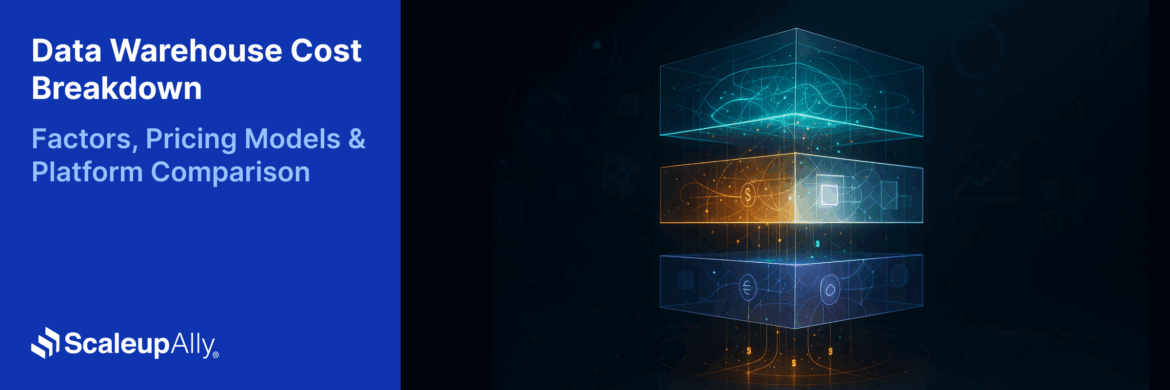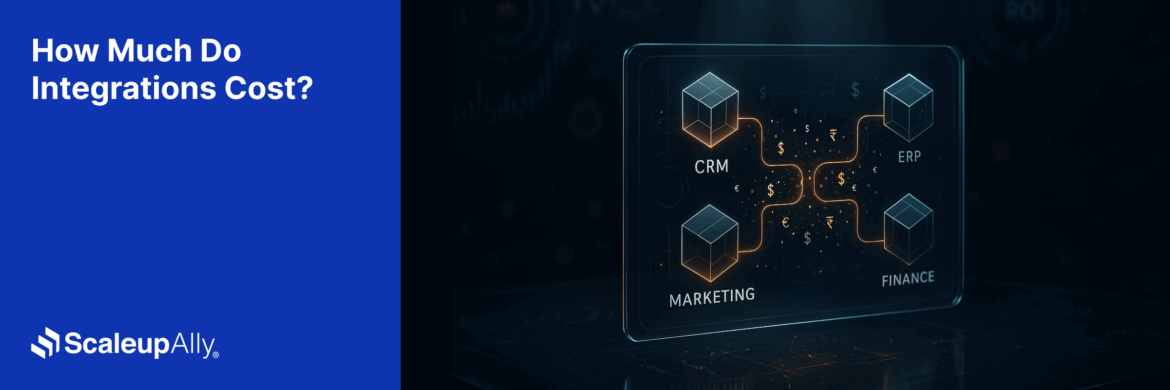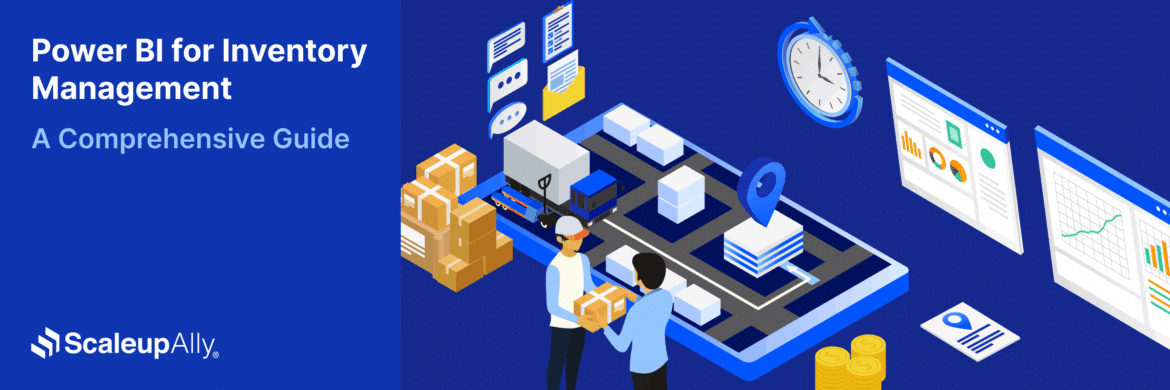
Embedded Analytics in 2025: 10 Key Trends Driving Innovation in Modern Software Platforms
Tarsem Singh | July 31, 2025 , 8 min read
Table Of Content
Embedded analytics has become transformational in B2B software. Users no longer need to switch between applications to find insights. They can get real-time data exactly where they need it.
The market of embedded analytics has jumped from $78.53 billion in 2024 to an expected $150.4 billion by 2030. AI integration is driving this growth, and so is the demand for instant decision-making.
Here are the ten embedded analytics market trends reshaping embedded analytics in 2025.
Key Takeaways
- The embedded analytics market is growing from $78.53 billion in 2024 to $150+ billion by 2030, driven by AI integration and real-time decision needs.
- By 2026, over 80% of software vendors will embed AI capabilities, shifting from showing what happened to predicting what’s next.
- 80% of organizations are moving away from traditional dashboards to self-service analytics, letting business users build their own reports without IT help.
- The future points toward ambient intelligence where data processing happens automatically and insights appear exactly when needed.
- Companies are monetizing embedded analytics as premium features, with some seeing up to 4% business growth from analytics-driven offerings.
10 Key Embedded Analytics Market Trends For 2025
Each of these embedded analytics market trends represents a change in how users interact with data. Below are the key developments driving this transformation.
1. AI-Powered Predictive Analytics Integration
AI is becoming the backbone of embedded analytics. Based on Gartner’s research, more than 80% of software vendors will have embedded GenAI capabilities in their products by 2026 to enable them to gain some insights into their data. This will analyse patterns and make predictions that’ll drive business outcomes.
Companies want systems that think ahead. Healthcare platforms should be able to predict patient risks. It’s high time financial apps began spotting fraud before it happens. Manufacturing systems must also be able to prevent equipment failures.
In a nutshell, traditional analytics showed you what happened. AI-powered embedded analytics, on the other hand, tells you what will happen and what to do about it.
2. Low-Code/No-Code Analytics Platform Adoption
Technical barriers are disappearing with low-code/no-code platforms. Business users can now build their own analytics without writing code. This has led to 81% of tech leaders noticing a significant increase in interest in Business Intelligence or Embedded Analytics in 2024.
Sales teams will be able to create custom reports, and marketing will build attribution models. Even operations will be able to design performance trackers.
This reduces IT bottlenecks. It empowers people who understand the business problems best.
3. Real-Time Decision-Making Capabilities
Speed matters more than ever. Users expect instant insights from their data. 81% of data analytics users use embedded analytics in 2025 to gain insights directly instead of waiting for overnight batch processing.
More to the point, 47% of users utilize BI for productivity tracking, 42% for trend analytics, 33% for decision-making, and 31% for CRM. Real-time analytics enables immediate responses.
4. Cloud-Native Embedded Solutions Dominance
Cloud adoption is accelerating embedded analytics growth. 85% of organizations are expected to have adopted cloud by 2025. The scalability and flexibility are too compelling to ignore. Companies want solutions that scale automatically and update continuously.
Cloud-native platforms integrate faster, handle traffic spikes better, and they cost less to maintain. This combination makes them the obvious choice for modern embedded analytics.
5. Industry-Specific Analytics Customization
IT & telecommunications was the biggest end-user of embedded analytics with 27.4% market share in 2022. But every industry has unique needs.
Healthcare needs HIPAA compliance. Financial services require real-time fraud detection. Manufacturing demands predictive maintenance. ERP/CRM segment is expected to grow with a leading CAGR during the forecast period.
Vendors are building vertical solutions. They understand industry workflows. They know regulatory requirements. They speak the language of specific business problems.
6. Enhanced Data Governance and Compliance
Data governance is no longer optional. 74% of CDAOs report that executive leadership has confidence in their D&A function, yet only 49% have established business outcome-driven metrics.
Regulations like GDPR and HIPAA demand better data handling. 23% of CDAOs take lead in ownership of Gen AI. They’re building governance frameworks that work with embedded analytics.
Modern platforms include governance by design. They track data lineage automatically, enforce access controls seamlessly, and audit usage continuously.
7. Advanced Data Visualization and User Experience
User experience is becoming a competitive advantage. 39% of survey respondents say that their organizations are using embedded analytics to monitor and improve productivity. But complex interfaces slow adoption.
For 20.2% of customers, the main reason for wanting and turning to embedded analytics is to make better decisions. Better decisions require better interfaces. Interactive dashboards replace static reports. Mobile-first designs work on any device.
The best embedded analytics feel native to the host application. Users don’t realize they’re using a separate analytics engine. The experience is seamless.
8. Monetization Through Analytics Features
Analytics is becoming a revenue driver. Companies aren’t just using embedded analytics internally; they’re selling it to customers. According to a Sisense Survey of Business Leaders 2022, enterprises anticipate embedded analytics to upsurge up to 4% growth in their business.
Analytics transforms from cost center to profit center. It increases customer lifetime value. It reduces churn. It enables premium pricing.
9. Mobile-First Analytics Design
Mobile usage is driving design decisions. 42% of users pinpoint struggling with tech resources as the main challenge in adopting embedded analytics. Mobile-first design reduces this complexity.
35% of users pinpoint shifting analytics needs as the main challenge in adopting embedded analytics. Mobile interfaces adapt to changing requirements better than desktop dashboards.
Field workers need analytics on phones. Executives want insights on tablets. Remote teams collaborate through mobile apps. The best embedded analytics work everywhere.
10. Integration with IoT and Edge Computing
IoT devices generate massive data streams. Edge computing processes this data locally. The growth in the forecast period can be attributed to expansion of embedded analytics in internet of things (IoT) applications.
The primary factors driving the embedded analytics market are big data and the Internet of Things (IoT) expansion in businesses. Smart factories analyze sensor data in real-time, and connected vehicles optimize routes automatically.
Edge analytics reduces latency. It enables instant responses and processes data where it’s generated. This combination unlocks new use cases that weren’t possible before.
The Future of Embedded Analytics
The future of embedded analytics is bigger, smarter, faster, and more integrated than anything we’ve seen.
Gartner predicts that by 2025, 95% of decisions that currently use data will be at least partially automated.
Gartner’s survey also reveals that 80% of executives think automation can be applied to any business decision. Users won’t need to build dashboards or write queries. They’ll simply ask questions in natural language.
The embedded analytics trends show convergence happening everywhere. Analytics will disappear into applications so completely that users forget they’re using separate tools. Voice interfaces will replace clicks. Augmented reality will overlay insights onto real-world objects.
Market growth supports this vision. Data and analytics could create value worth between $9.5 trillion and $15.4 trillion a year if embedded at scale. The potential is massive. IoT sensors will include built-in analytics capabilities, and smart devices won’t just collect data, they’ll act on insights immediately.
Today’s embedded analytics market trends suggest we’re moving toward ambient intelligence, where data processing happens automatically, insights appear when needed, and decisions get made without human intervention.
This future isn’t decades away. The technology exists now. Only a small fraction of the value that could be unlocked by advanced-analytics approaches has been unlocked (as little as 10% in some sectors). The companies that embrace these embedded analytics trends first will define their industries.
Conclusion
The direction of these embedded analytics market trends show smarter, faster, and more integrated solutions. The companies that adapt quickly will lead their industries.
AI integration, real-time processing, and invisible user experiences are today’s competitive advantages.
Ready to embed analytics into your platform? Contact us to explore how these trends can drive your business forward.
Frequently Asked Questions
Q: What is embedded analytics?
Embedded analytics integrates data visualization and reporting directly into software applications. Users get insights within their existing workflows without switching to separate analytics tools.
Q: How fast is the embedded analytics market growing?
The embedded analytics market is expanding rapidly at 12-18% annually. From $78.53 billion in 2024, it’s projected to reach over $150 billion by 2030, driven by AI integration and real-time decision needs.
Q: What industries benefit most from embedded analytics?
IT and telecommunications lead with 27.4% market share, followed by healthcare, financial services, manufacturing, and retail. Any industry handling large data volumes sees significant benefits from embedded analytics solutions.
Q: How is AI influencing embedded analytics?
AI is transforming embedded analytics from descriptive to predictive. By 2026, over 80% of software vendors will embed AI capabilities, enabling automatic insights, pattern recognition, and intelligent decision-making within applications.
Related Blogs

Data Warehouse Cost Breakdown: Factors, Pricing Models & Platform Comparison
Discover how much a data warehouse costs in 2025. Explore pricing models, key factors, and platform comparisons to plan your data budget effectively.
Tarsem Singh
Nov 6 ,
14 min read

How Much Do Integrations Cost? [Pricing Breakdown & Key Insights]
Learn how much integrations cost, key factors influencing pricing, hidden expenses to avoid, and effective ways to reduce integration costs.
Tarsem Singh
Nov 6 ,
9 min read

Power BI for Inventory Management: A Comprehensive Guide
Explore the hidden power of Power BI for inventory management and how it provides businesses with powerful analytics and visualization capabilities.
Tarsem Singh
Oct 8 ,
19 min read


